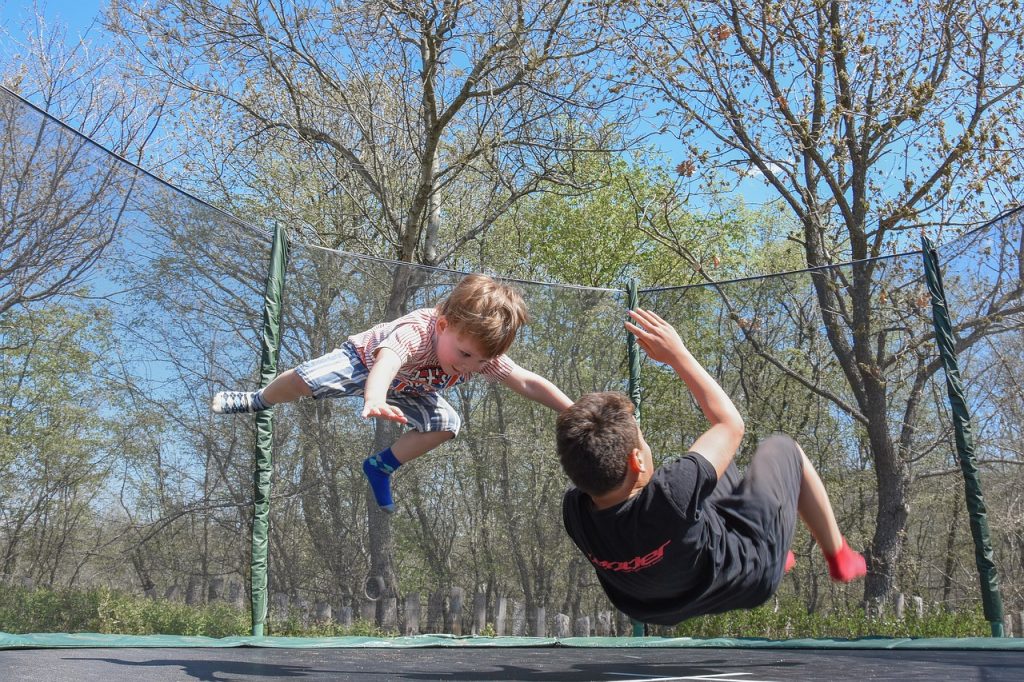“I’m worried she likes her nanny better than me…”
“They behave so perfectly for their nanny and are monsters when I’m around!”
“My nanny sees my friends more often than I do.”
If you’ve ever felt this then you’re not alone. You’re suffering from nanny envy and it’s actually surprisingly normal, even natural, to feel this way. Nor is it confined to having a nanny – you may well feel the same way about your child’s attachment to a childminder or nursery nurse. So why does no-one ever talk about it?
Part of the problem is admitting that you’re envious of your nanny means admitting that you’d rather be at home with your children, and that might be seen as regretting your decision to work. It isn’t a binary situation, though, and the decision to work depends on many factors ranging from financial necessity to keeping your sanity intact. Your feelings may also change from one day to the next and higher levels of nanny envy just after your return to work or just after the weekend are normal too. How you feel towards the relationship your nanny has with your child probably also varies according to how you feel about your job. When you have a bad day or you don’t go into work staying at home seems the more attractive option and jealousy towards to person who gets to do that can creep in.
A bit of jealousy definitely isn’t a reason to reconsider your childcare choice. There are huge benefits to having a nanny, and one of those is in fact the strong bond that your child will form with her carer. If your child wants her nanny when nanny isn’t around try to see it as a positive sign of attachment. Your nanny will probably tell you that your child periodically requests you when you’re at work too. Children are well known for wanting what they don’t have after all.
It’s also well known among nannies and experienced employers that children will behave very differently for different people so if your little princeling eat his greens and naps in his cot for his nanny but refuses to eat anything except pasta and requires cuddles lying across you when you’re around you aren’t doing anything wrong. Part of it is down to experience on the nanny’s part and part of it is your child feeling safe and secure enough to test the boundaries and express his affection, in some cases by literally smothering you.
So how canyou combat these feelings?
Try to disentangle your feelings towards your work life and your feelings about your nanny. If you resent going to work rather than leaving your children, which are very different things, maybe it’s time to reassess your job.
If you feel your nanny is handling your child’s behaviour better than you ask them for some hints and tips. Most nannies are very happy to work with parents to create new strategies for dealing with behaviour as it makes their job easier too in the long run.
Make an effort to see your friends or parents from school socially on a regular basis so you don’t feel like your nanny has replaced you. Also encourage your nanny to create their own social circle if they don’t already have one. It can be nice for your child to keep in touch with other children from your NCT group or equivalent but there’s no reason that it has to be your nanny who goes to the meet-ups. If the other parents typically meet during the week suggest that you organise something at the weekend, and nothing is stopping you from going out for a meal or a drink without the children in the evening.
Be open with your nanny about it. They may be inadvertantly making the situation worse so tell them how you feel to avoid them treading on your toes. A good nanny will be sensitive to your feelings and mindful of the fact that you are the parent and nothing can replace that.







 If you’re running out of inspiration then have a look at our 101 ideas!
If you’re running out of inspiration then have a look at our 101 ideas! Messy play
Messy play

